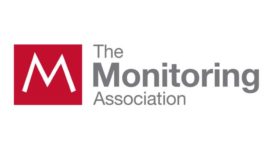Standards, Regulations & Legislation
Digital Shuffle
SDM Offers Webinar on Making Central Stations Cyber Secure
October 7, 2019
Security NetWorkings
New Fiber Connectors Require New Testing Hardware
Fiber Optic Technology
October 7, 2019
Security & The Law
Does Monitoring Contract With Tenants Entitle Building Insurance Provider to Reimbursement?
INSURANCE LAWSUIT
October 7, 2019
Be in the forefront of security intelligence when you receive SDM.
Join over 10,000+ professionals when you subscribe today.
SIGN UP TODAY!Copyright ©2025. All Rights Reserved BNP Media.
Design, CMS, Hosting & Web Development :: ePublishing













